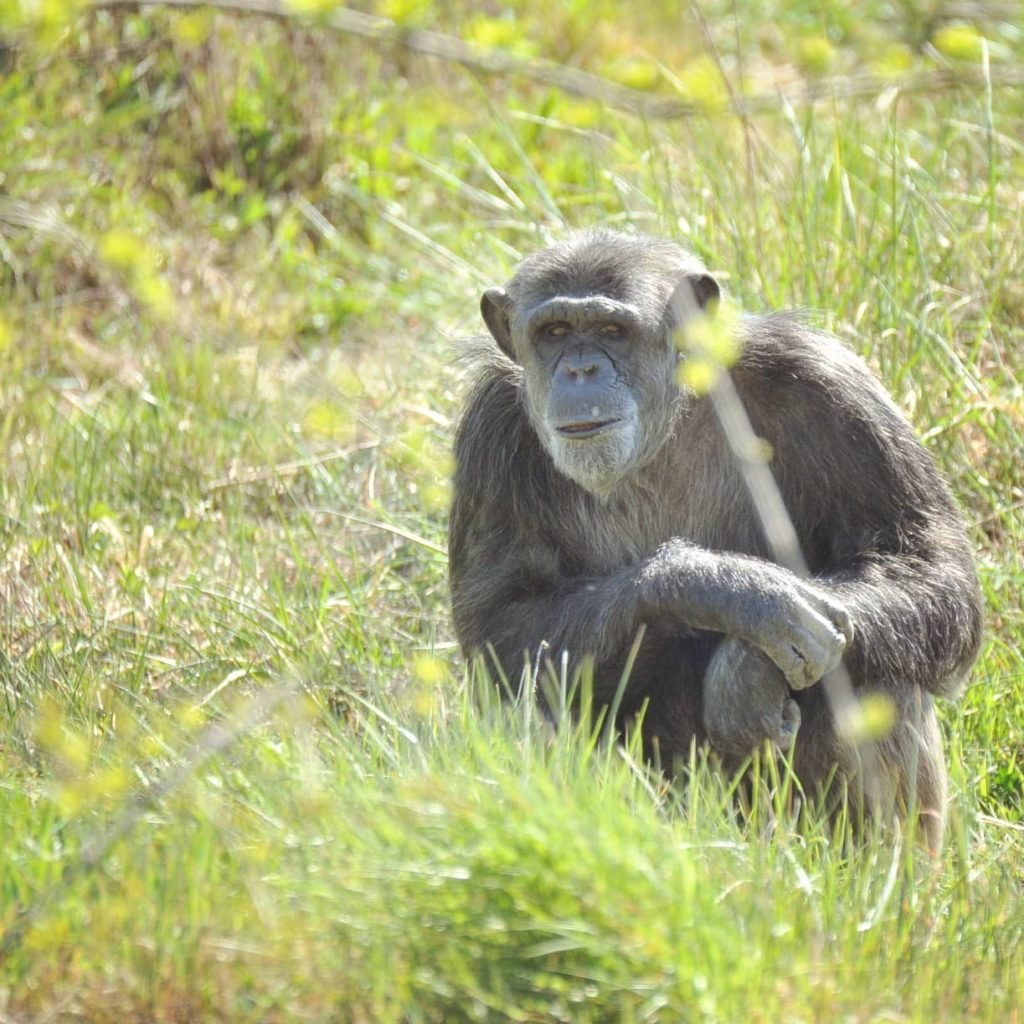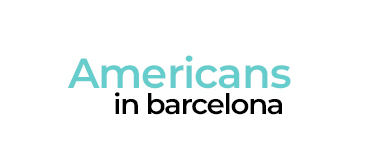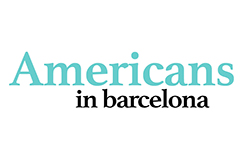Finding local stories and being able to share them makes us really happy. But when it comes to special stories, such as the one about Fundació Mona that we are about to tell, this happiness goes beyond that feeling: a mix of happiness but also hope. Because when the world seems to be falling apart in so many ways, you stumble upon projects that give you back some hope. And you meet people who are truly contributing to make this planet a better place.
This is the story of Fundació Mona…
Fundació Mona: a project with a clear mission
Cristina Valsera, communications manager at Fundació Mona, was waiting for us at her office, which is one of the coolest offices: a log cabin surrounded by nature, in Riudellots de la Selva (Girona). This is where Fundació Mona is based. The name of the project gives us some clues about what they do. They work on these three areas:
- Rescue/Rehabilitation: They rescue abused primates, rehabilitate them physically and mentally, and offer them a new life in a social family group.
- Research: They carry out investigations to improve the well-being of all rescued primates.
- Education/Awareness: This area is key, since they want to raise awareness to avoid these situations in the future. And they do that through educational tours.

While we head towards the area where the primates live, Cristina explains that all of them have a tough story: some of them have been victims of circuses, have been used in advertising, being adopted as pets or have been victims of illegal traffic. “If you don’t spread the message about the need of rescuing these animals, it’s a problem that will keep happening in the future,” she says.
An area especifically designed for the primates, to ensure their well-being
We arrive at the especific area where the primates are, divided into two social groups. The silence and quietness of the place is almost absolute. “The equipment is entirely designed for the well-being of the animals,” Cristina points out. “When they arrive here, there is a process of integration, that can last a long or a short time, it will depend basically on each primate. Once they are integrated in the group, they get to spend the rest of their lives in this natural environment.”

The research tower
The first stop is the research area, where researchers at the Fundació Mona monitor the primates’ evolution. “Even when they are fully integrated in the group, the work doesn’t end here. We continue carrying out a follow up on the rescued primate, monitoring each of them to see how they are evolving,” explains Cristina.
From this area, researchers carry out longitudinal studies which provide the foundation with a lot of data. For instance, some of the studies focus on cognition: “It is very interesting to see the use of tools, manual laterality (if they are right-handed or left-handed), which also has to do with the evolution of speech,” Cristina points out. Chimpanzees greet each other when they meet, they kiss, play, laugh, they have many playful behaviours like us, she explains.

“Look!” Cristina says while we are observing the primates from the research tower, “Nico is blowing kisses!.” Like all the primates in Mona, Nico also has a really tough story: he was born in a truck and was soon separated from his mother, to be used in TV shows and advertising. But fortunately when he was three years old, he was rescued by the Fundació Mona, which gave him a new life.
Lunch time at Fundació Mona (and primates can tell!)
We keep exploring the place with Cristina, and we see how primate carers approach the area where chimpanzees are, carrying baskets of fruits to feed them. It is lunch time! And the primates know it too well, as they instantly get so excited and start moving around. The primate carers distribute the food at different points, to foster the mobility and socialization of the animals. “They have to look for food, and so they interact with each other. This way we are fostering a social relationship between them,” explains Cristina.
Educational visits: one of the pillars of the project
While Cristina is explaining to us their daily routines at the center, a group of visitors, children and parents, pass near us. Martí and Patricia, guides at Fundació Mona, are explaining in a playful way the story of the rescued primates and how they got a chance to live a new life at the center. A visit which is also educational, since they make sure that the kids get the important message.
Regarding these educational visits, Cristina highlights that they are a really important pillar of the Fundació Mona, within its educational aspect: “The work we do, the rescue of chimpanzees, would not be complete without the educational part. It is basic to spread our message so that there is a change in the society”. She points out that children have a good time during the tour, but they also visit the foundation to learn: “It’s not just about having fun, but about learning too.” That is why they offer especialized visits, and depending on the age of the public, the message is given differently.
What is the future of the Fundació Mona?
Since they want to keep growing and be able to rescue and rehabilitate more primates, they are planning on moving to a bigger area. They are also working on a virtual education project to share their mission and spread their message worldwide. Also, one of the newest projects they are working on is a primates’ conservation program that will be launched soon.

When we ask Cristina about the future of the Fundació Mona in the long term, she smiles: “We have been spreading our message for twenty years now. Let’s see what happens in the next 20 years!.” And by their committed and passionate way of carrying out their work at the center, we have no doubts: Fundació Mona will keep making this planet a better place for us all.
You can visit Fundació Mona website to know more about this project.
Header image: Joan Brull ©



